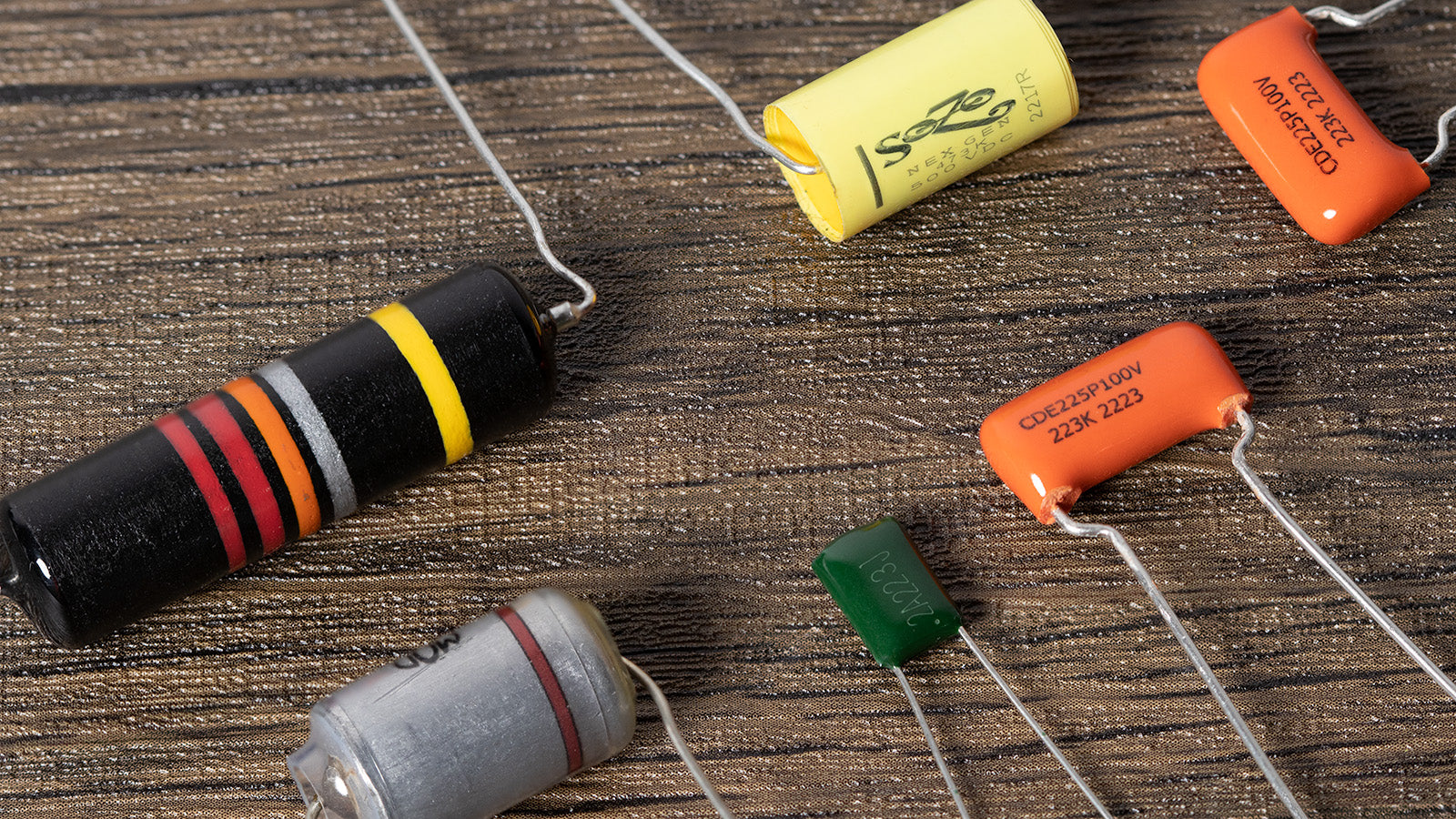When it comes to vehicle safety, the brake system is paramount. The brake system warning light is a crucial indicator that alerts drivers to potential issues within this vital system. Ignoring this warning can lead to severe consequences, including brake failure and accidents. In this article, we will explore how to clear the brake system warning light effectively, ensuring your vehicle remains safe and operational.
Understanding the Brake System Warning Light
Before diving into the steps to clear the warning light, it’s essential to understand what it signifies. The brake system warning light can indicate several issues, including:
- Low Brake Fluid: This is one of the most common reasons for the warning light to illuminate. Low fluid levels can result from leaks or worn brake pads.
- Worn Brake Pads: When brake pads wear down, they can trigger the warning light, indicating that they need replacement.
- Faulty Brake System Components: Issues with the brake master cylinder, ABS module, or other components can also cause the warning light to activate.
- Electrical Issues: Sometimes, the warning light may illuminate due to electrical faults, such as a blown fuse or a malfunctioning sensor.
Step-by-Step Guide to Clear the Brake System Warning Light
Step 1: Conduct a Visual Inspection
Start by performing a thorough visual inspection of your vehicle’s brake system. Look for:
- Brake Fluid Level: Check the brake fluid reservoir. If the fluid is low, top it off with the manufacturer-recommended brake fluid. This may resolve the warning light issue.
- Brake Pads and Rotors: Inspect the brake pads for wear. If they appear thin or uneven, it’s time for a replacement.
- Leaks: Look for any signs of fluid leaks around the brake lines, calipers, and master cylinder.
Step 2: Use an OBD-II Scanner
If the visual inspection does not reveal any obvious issues, the next step is to use an On-Board Diagnostics II (OBD-II) scanner. This device can read the trouble codes stored in your vehicle’s computer, providing insight into the specific issue triggering the warning light.
- Connect the Scanner: Plug the OBD-II scanner into the vehicle’s diagnostic port, usually located under the dashboard.
- Read the Codes: Follow the scanner’s instructions to retrieve the trouble codes. Note any codes related to the brake system.
- Interpret the Codes: Research the codes to understand the underlying issues. This information will guide your next steps.
Step 3: Address the Identified Issues
Based on the findings from the visual inspection and OBD-II scan, take appropriate action:
- Top Off Brake Fluid: If low fluid was the issue, topping it off may clear the warning light. However, if the fluid level drops again, investigate for leaks.
- Replace Worn Brake Pads: If the brake pads are worn, replace them with high-quality parts. Ensure that the rotors are also in good condition; resurfacing or replacing them may be necessary.
- Repair Faulty Components: If the OBD-II scanner indicates issues with specific components, such as the ABS module or master cylinder, consult a professional mechanic for repairs.
Step 4: Reset the Warning Light
Once the necessary repairs or maintenance have been completed, you can reset the brake system warning light:
- Using the OBD-II Scanner: Many scanners have a function to clear trouble codes. After addressing the issues, use this function to reset the warning light.
- Disconnecting the Battery: As an alternative, you can disconnect the vehicle’s battery for about 15 minutes. This may reset the warning light, but be cautious as it can also reset other electronic systems in the vehicle.
Conclusion
Clearing the brake system warning light is not just about turning off a dashboard indicator; it’s about ensuring the safety and reliability of your vehicle. By following the steps outlined above, you can diagnose and resolve the underlying issues that triggered the warning light. Always prioritize safety and consult a professional mechanic if you are unsure about any aspect of the brake system. Remember, a well-maintained brake system is crucial for safe driving, and addressing warning lights promptly can prevent more significant problems down the road.


